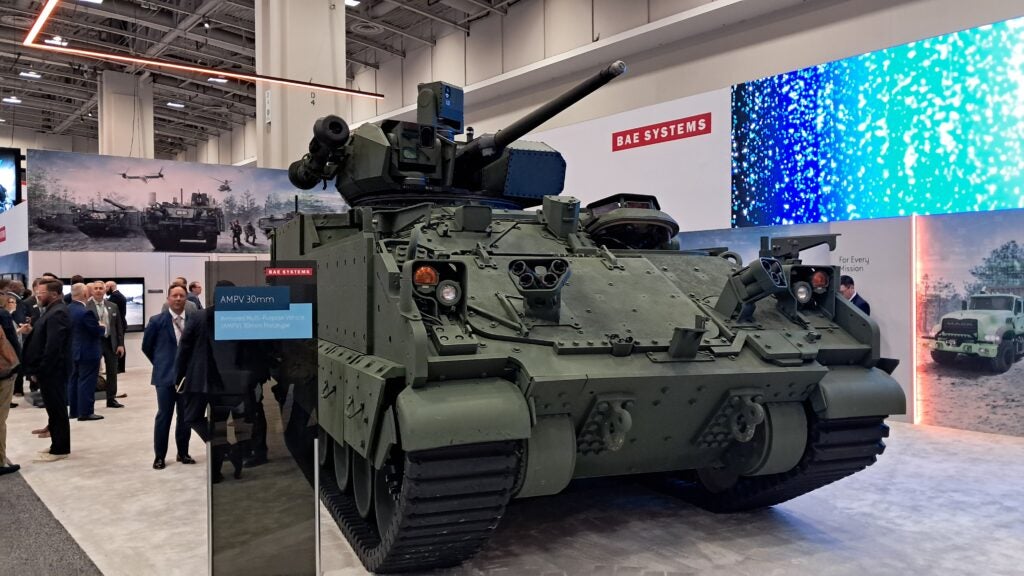AUSA 2024: All About the AMPV with AMPV Program Director Bill Sheehy
This year at AUSA, BAE Systems proudly displayed their Armored Multi-Purpose Vehicle (AMPV) family of systems which entered full-rate initial production for the US Army in August 2023. On display at AUSA was both the 120mm mortar variant of the vehicle and a prototype with a 30mm turret which was meant to show what the platform could do in the future.
The AMPV is replacing the old M113 Armored Personal Carriers (APCs) which initially entered US service over sixty years ago. Currently, there are five AMPV variants in production: a general-purpose (primarily supply) variant, a medical evacuation variant, a medical treatment variant, a 120mm mortar variant, and a command variant. Over 400 had been produced before the beginning of full-rate production in York, Pennsylvania.
Overt Defense was able to speak to BAE System’s AMPV Program Director Bill Sheehy about this family of systems:
“The big thing it brings to the fight is that the AMPV is highly mobile, highly survivable, and it has an abundance of on-board power. Those three things allow the commander in the field to move his vehicles forward in the fight and stay abreast of Bradleys and tanks as they move forward. M113 cannot do that any longer- it doesn’t have the mobility or the force protection to allow commanders to deploy them safely and effectively on the battlefield. […] We are also fielding them actively to the United States Army 3rd Infantry Division at Fort Stewart, Georgia who are the first recipients of AMPV and they have two full brigade sets.”
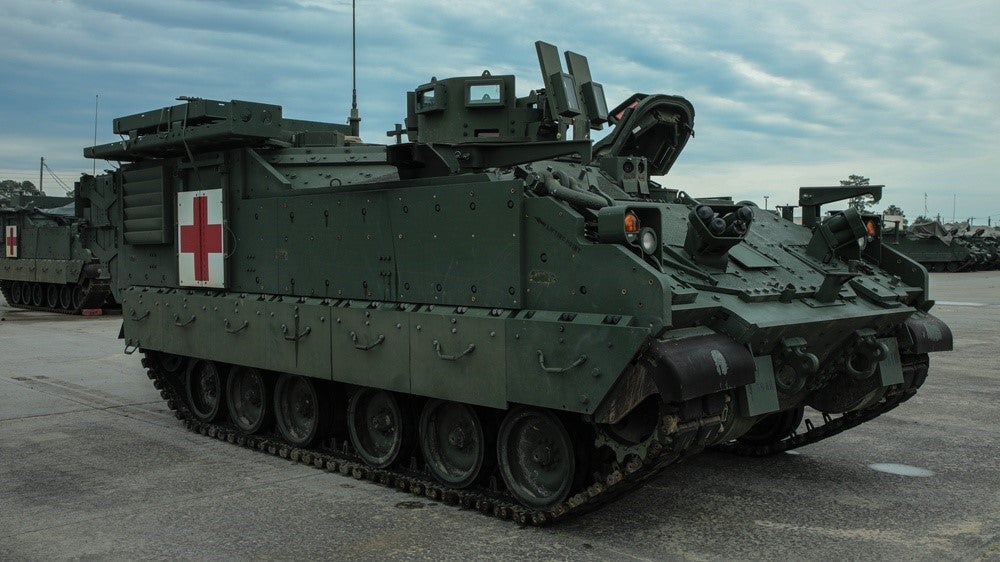
Bill Sheehy also told Overt Defense about the two cutting-edge variants on the AMPV on display on the AUSA showroom floor, which in his words, serve as “examples of what the Army could do with it”. The first of these was the fruit of the Modular Turreted Mortar System program funded jointly by Patria, BAE Systems, and the US Army,
“It’s a 120mm mortar, turreted. The current 120mm is muzzle loaded, so you have to open the doors and drop rounds in. This is a breech loaded, so the soldiers stay under armor the entire time. The other beauty of this thing is it can fire on the move. Most artillery pieces must stop, set, and then fire, which allows the enemy to do counter-battery. A lesson learned out of the Ukraine is that if you have to stop and shoot, survivability becomes a question due to counter-battery. The turret and mortar allows the mortar men and the commander to continue to move while they shoot rounds down range, thus taking counter-battery fires out of the equation and increasing your survivability and the effectiveness of your weapon system.”
The system is just as accurate on the move as it is while stationary.
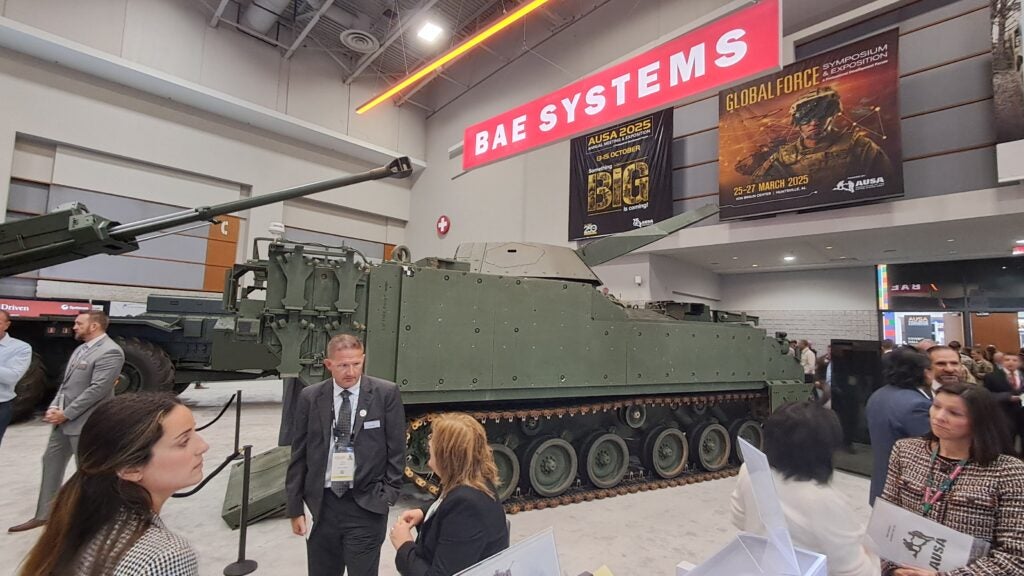
A second significant innovation related to AMPV is the Common Top Plate (or ExMEP) which is funded by BAE Systems. This top plate allows the platform to be easily integrated with 30 different turrets from multiple vendors. “We’ve done five different turrets from different vendors at different times through this year to demonstrate that capability to the United States Army”, Sheehy said. This means that as the need arises, AMPV variants with new capabilities can be put it in the field on a very short timeline.
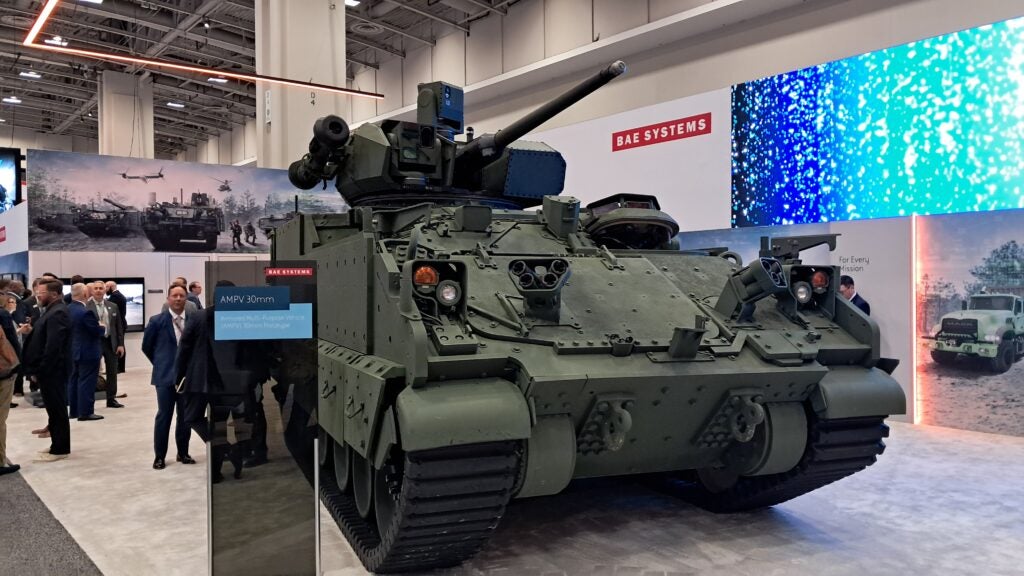
There are also other types of prototypes under development and consideration.
“As we move forward, we had a meeting with the Corps of Engineers out of York, Pennsylvania, and they have offered us a proof of concept work directive, so we’re going to work on that with them to get an engineer-configured vehicle on an AMPV. The Army has not approached us, but they have made a public announcement that they will use AMPVs for the RCV vehicles, or remote control variant. So, there are a number of different variants out there that the Army is going to look at and consider for integration into their brigade system and their combat information as they move forward.”
With the right turret installed, an AMPV variant could also prove effective against drones. For this role, BAE Systems partnered with Moog to mount their 30mm turret on the AMPV.
“We incorporated [the turret] within about 16 months, put that in our prototype facility in Sterling Heights, and then took it out to big Sandy, Arizona and shot multiple targets- ground targets and air targets- at different ranges. Then, we shot multiple and single, moving and stationary small quadcopter drones out of the air- in order to demonstrate the vehicle’s ability to engage ground and air targets with both 7.62mm and 30mm rounds – switching back and forth to demonstrate the flexibility and versatility of the AMPV.”
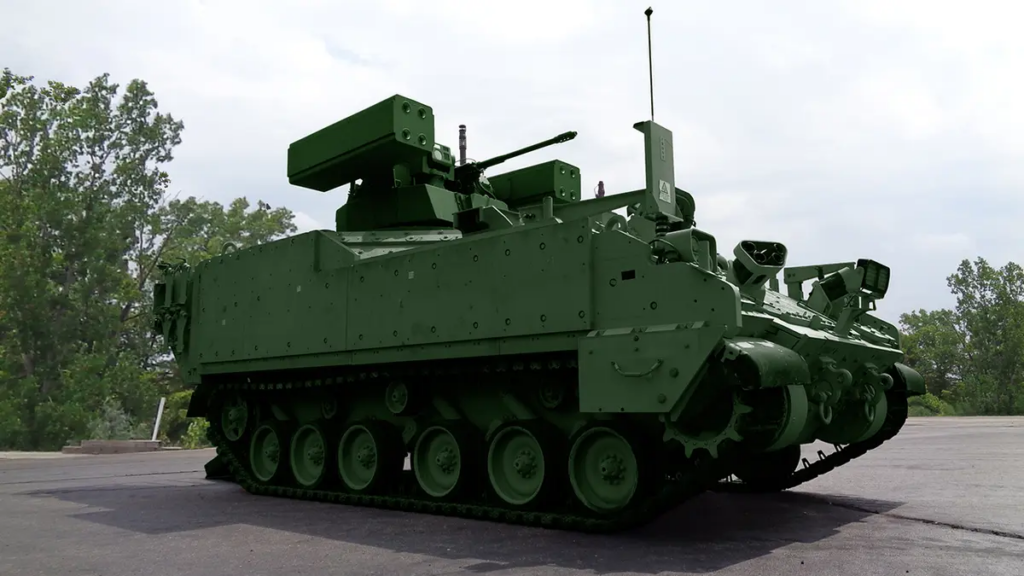
Overt Defense also asked about how things look with AMPV on the production side:
“We are under contract to produce vehicles out until the middle of 2027. We have a proposal with the Army to go out to 2030, so steady state production and a highly developed production line in York, Pennsylvania. We just got done expanding that. We have two assembly lines; we brought in a second robotic weld cell. So, advanced manufacturing techniques are being applied in our production facility to increase our effectiveness and our ability to generate vehicles out the door faster. So a highly, highly advanced production line, steady state production out till the middle of 2027, and we provide a foundation for the future of modernization for the United States Army’s mechanized fleet.
Those “advanced manufacturing techniques” also mean a high level of modularity.
“We produce all five [AMPV Variants] on one production line, which allows us to flexibility doing just that. If we come to a point where the Army says, hey, we need more mission commands, or we need more medical evacuations, we can move the line and move vehicles within a line to do that. This is all built on that one line in New York that’s very flexible”.
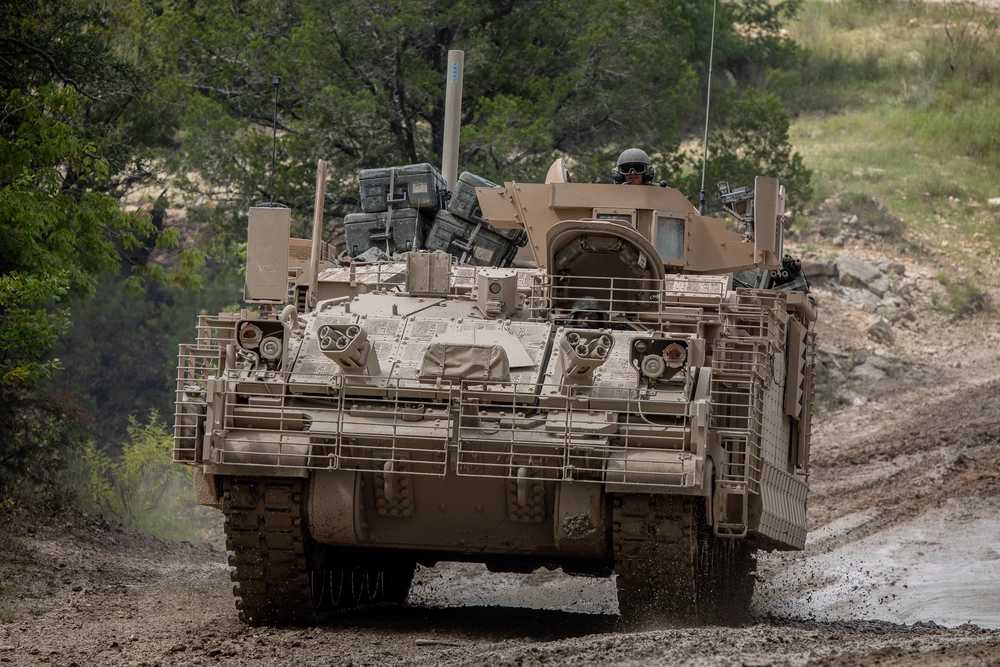
And, while the US Army is the major buyer of AMPVs, other militaries also appear to be considering the system. Large inventories of outdated M113s aren’t just an American problem.
“We’ve had a number of countries come through here at AUSA and take a look at the vehicles. A lot of interest in them. So, I do foresee future foreign military sales with AMPV as we move forward. But currently right now, I am focused on making sure the United States Army gets what they need in the time they need it.”

